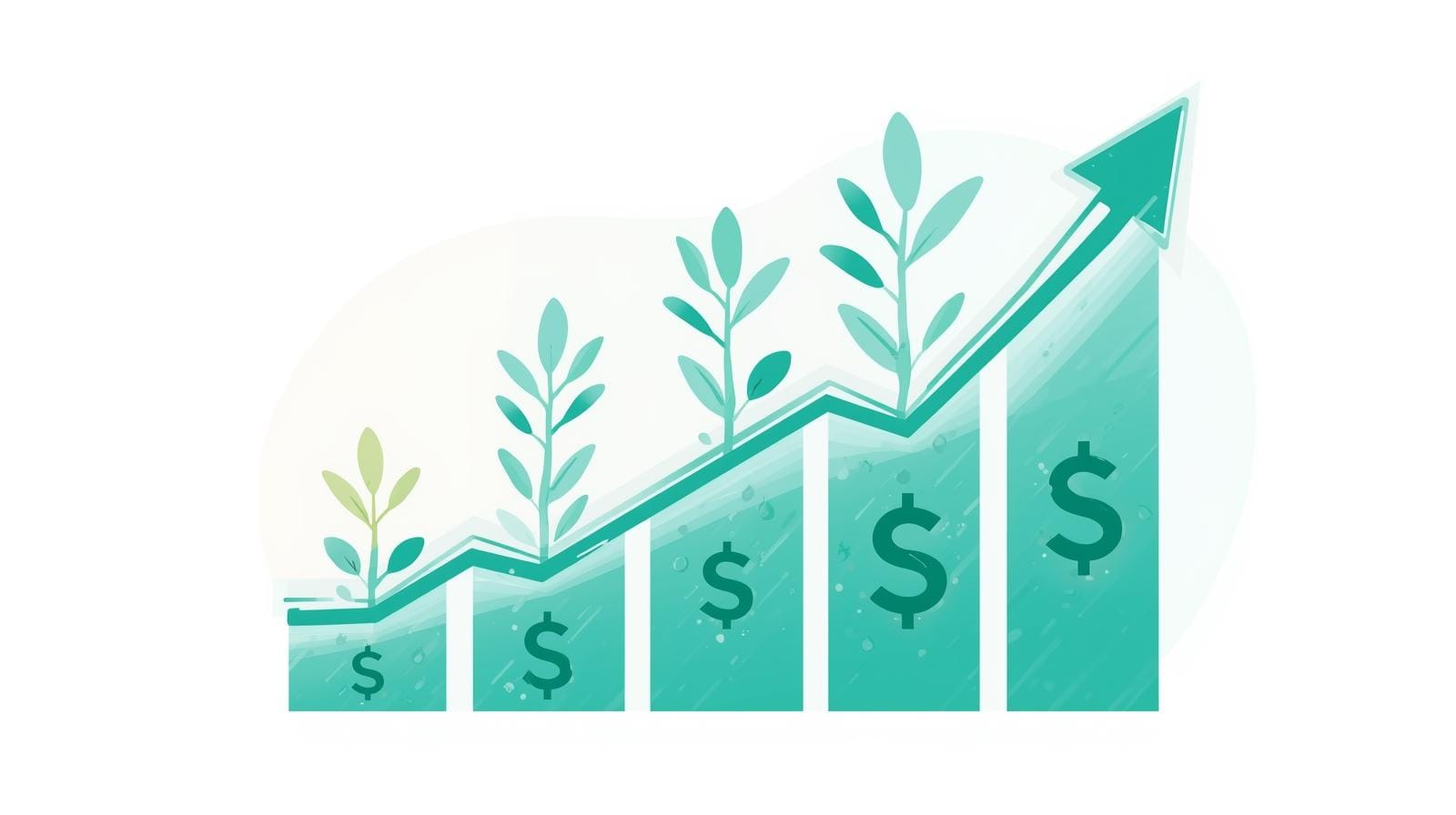Federal Funds Target Range - Lower Limit
This dataset tracks federal funds target range - lower limit over time.
Latest Value
4.25
Year-over-Year Change
0.00%
Date Range
12/16/2008 - 8/11/2025
Summary
The Federal Funds Target Range - Lower Limit represents the minimum interest rate at which depository institutions lend reserve balances to each other overnight. This key monetary policy indicator directly influences borrowing costs, credit availability, and overall economic conditions in the United States.
Analysis & Context
This economic indicator provides valuable insights into current market conditions and economic trends. The data is updated regularly by the Federal Reserve and represents one of the most reliable sources for economic analysis.
Understanding this metric helps economists, policymakers, and investors make informed decisions about economic conditions and future trends. The interactive chart above allows you to explore historical patterns and identify key trends over time.
About This Dataset
This metric is set by the Federal Open Market Committee (FOMC) as part of its monetary policy strategy to manage economic growth and inflation. Economists closely monitor this rate as a critical signal of the Federal Reserve's stance on economic stimulus or contraction.
Methodology
The lower limit is determined through deliberative decisions by the Federal Reserve's FOMC, based on comprehensive economic data and forecasts.
Historical Context
This indicator is crucial for guiding financial institutions' lending practices, influencing consumer and business borrowing rates, and signaling the broader macroeconomic policy direction.
Key Facts
- The rate directly impacts short-term borrowing costs for financial institutions
- Changes reflect the Federal Reserve's economic outlook and policy intentions
- Influences broader financial markets and economic conditions
FAQs
Q: How often does the Federal Reserve adjust this rate?
A: The FOMC typically reviews and potentially adjusts the rate during its eight scheduled meetings per year, though emergency changes can occur during exceptional economic circumstances.
Q: What impact does this rate have on consumers?
A: Changes in the federal funds rate can affect interest rates for mortgages, credit cards, and other consumer loans, directly influencing borrowing costs and economic activity.
Q: How is this rate different from the prime rate?
A: The federal funds rate is the rate banks charge each other, while the prime rate is the rate banks charge their most creditworthy corporate customers, typically set slightly higher.
Q: Why do economists watch this rate so closely?
A: This rate is a key indicator of monetary policy stance, providing insights into the Federal Reserve's economic strategy and potential future economic conditions.
Q: How frequently is this data updated?
A: The data is typically updated after each FOMC meeting, with the exact timing depending on policy decisions and economic assessments.
Related News

U.S. Treasury Yields Rise After Fed Rate Cut Analysis
Treasury Yields Surge: A Curious Twist in Monetary Policy Amid a surprising financial twist, the current 10 year treasury rate is on the rise even as the Federal Reserve cuts interest rates. This unexpected development has economists scratching their heads, as typically, a cut in the Federal funds rate leads to lower yields. Treasury yields represent the interest rate the government pays bondholders, functioning as a vital signpost for the health of the economy. Generally perceived as one of th

U.S. Housing Leader Relies on Fed Amid Profit Challenges
Navigating the Impact of Federal Reserve Policies on a Leading S&P 500 Housing Company The Federal Reserve's decisions often hold the key to the economic direction of entire industries. As a prime example, consider how these policies affect a major S&P 500 housing company currently grappling with profit declines. This scenario underscores the critical role of Federal Reserve actions, including adjustments to the effective Federal Funds Rate, in shaping corporate strategies amid financial diffic

Federal Reserve rate cuts forecast and S&P 500 market reaction
How Federal Reserve Rate Cuts Shape the Economic Landscape The Federal Reserve's decisions impact the financial environment in various ways, often triggering shifts that ripple throughout the economy. The act of altering the effective federal funds rate influences a broad spectrum of financial metrics, including the S&P 500. Notably, these changes have repercussions for market volatility, investor confidence, and the broader economic outlook. Understanding these connections helps place today's

Federal Reserve reduces U.S. interest rates, plans further cuts in 2025
Federal Reserve's Strategic Interest Rate Cut in Focus The Federal Reserve's strategic interest rate cut is a significant move in today's economic climate. As the central banking system of the United States, the Federal Reserve plays a crucial role in setting monetary policy to influence the nation's economy. An interest rate cut defines the decision to lower the cost of borrowing, typically aimed at stimulating economic growth. This latest decision could have considerable effects on the U.S. e

Federal Reserve meeting to discuss US interest rates decisions
Interest Rates and the Federal Reserve's Role The effective federal funds rate is crucial in the Federal Reserve's meetings and decisions on U.S. monetary policy. The Federal Reserve, often called the Fed, plays a significant role in managing the economy's stability. Its meetings are highly anticipated events where crucial decisions about interest rates are made. These discussions significantly affect inflation, unemployment rates, and financial markets. Understanding how these meetings operate

Unpredictability of Interest Rate Direction in the United States
Navigating the Unpredictability of Interest Rates Interest rates have turned into one of the most unpredictable elements in the American financial landscape. This unpredictability stems largely from the nuanced decisions of the Federal Reserve, often referred to as the Fed, whose policies ripple through financial markets, influencing borrowing costs for everyone from ambitious entrepreneurs to families securing mortgages. The web of economic indicators, which serves as the backbone for interest
Related Trends
Consumer Price Index for All Urban Consumers: All Items in U.S. City Average
CPIAUCNS
Capacity Utilization: Total Index
TCU
Commercial and Industrial Loans, All Commercial Banks
TOTCI
Share of Foreign Born in Home Owners Loan Corporation (HOLC) Neighborhood A
RLMSHFBHOLCNA
Home Ownership Rate in Home Owners Loan Corporation (HOLC) Neighborhood C
RLMSHHORHOLCNC
Share of Foreign Born in Home Owners Loan Corporation (HOLC) Neighborhood C
RLMSHFBHOLCNC
Citation
U.S. Federal Reserve, Federal Funds Target Range - Lower Limit [DFEDTARL], retrieved from FRED.
Last Checked: 8/1/2025